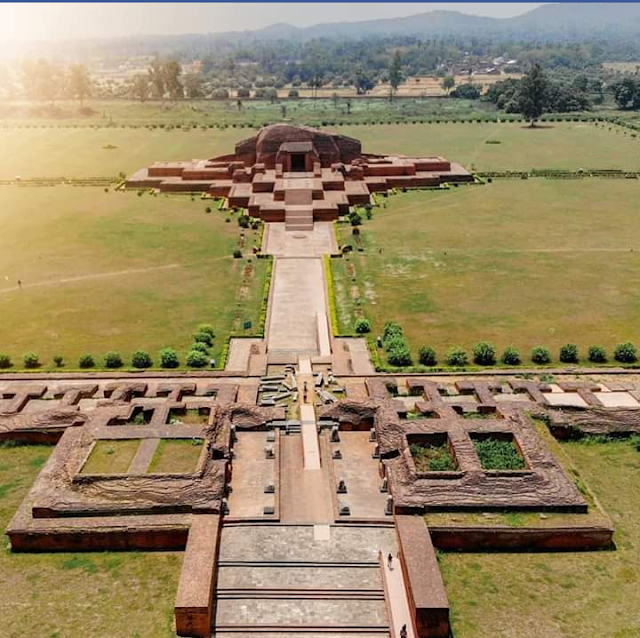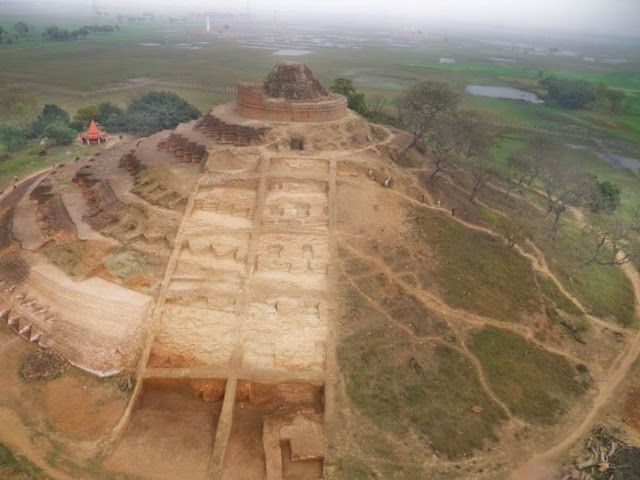Was Jesus a Buddhist?
-min.png)
was jesus a Buddhist? The question is not whether Jesus is a Buddhist. There is numerous reliable evidence textually and among archeological remains that he was. Most convincingly numismatic evidence the British museum is hiding. The evidence follows two independent lines-- the first is historical, and the second is textual. Historical evidence betokens that Jesus was well acquainted with Buddhism. If Jesus did not go to India, then at least India went to Judea(Judah) and Jesus. The authentic historical question is not is he studied Buddhism, but where and how much he studied Buddhism ,especially during his so called "lost years.". the similarities are so striking that even is no historical evidence exist we can suspect the Jesus studied Buddhist teaching and that the prophecy and legend of Jesus was derived from Buddhist stories. Ac...










